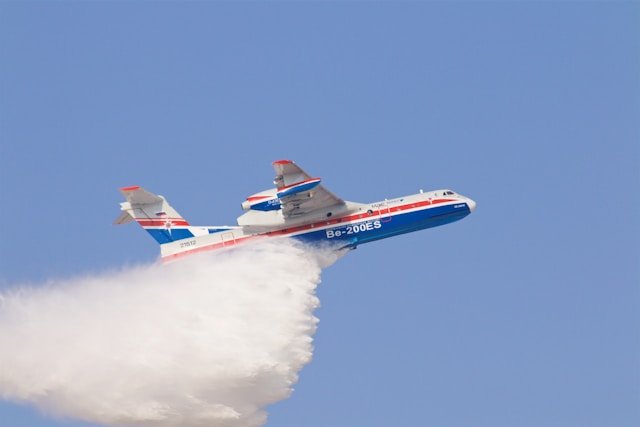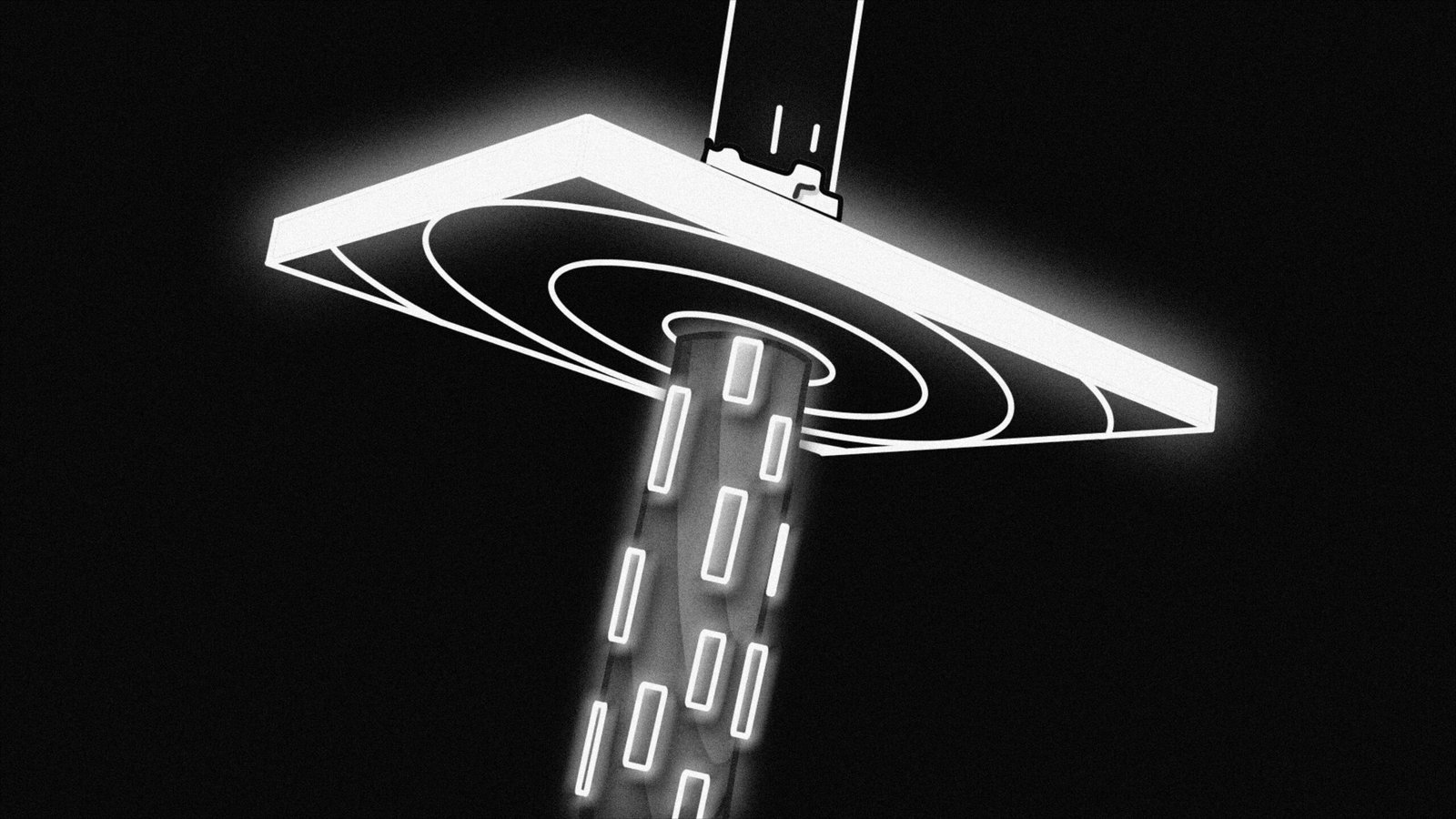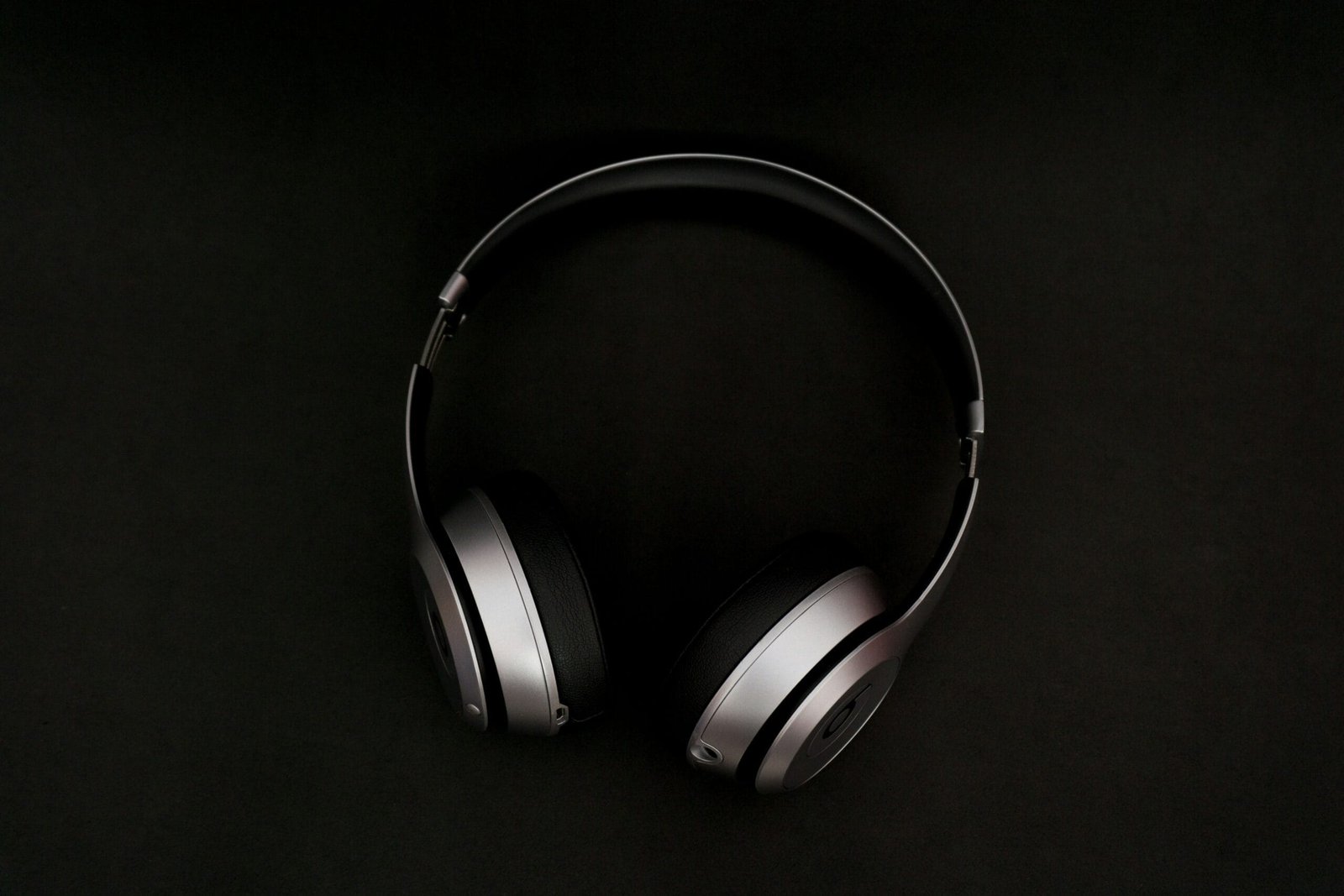Air Flow Technology Innovations That Are Changing the Future
Introduction to Air Flow Technology
Air Flow Technology: Not Just About Cool Breezes
When most people think of air flow technology, they often picture a fan or a simple air conditioning system. While these are examples of air flow systems, the world of air flow technology is way more advanced than just moving air around. Air flow technology is all about optimizing the movement of air in a way that enhances comfort, reduces energy consumption, and promotes better air quality. It’s the brains behind the systems that keep our buildings, factories, and even vehicles running smoothly with minimal waste.
You’ve probably heard about smart ventilation or air circulation technology, but many might not realize how crucial air flow systems are in everything from controlling indoor climates to boosting industrial efficiency. Air flow technology is revolutionizing how industries approach everything from sustainability to air quality.
So, let’s dive in and see why air flow technology isn’t just a luxury—it’s a necessity for the modern world.
What is Air Flow Technology?
At its core, air flow technology involves using advanced systems to control the movement of air in a given space. This isn’t just about creating a breeze or circulating air; it’s about making sure the air flows in the most efficient way possible. Air flow systems are designed to manage ventilation, temperature, humidity, and air quality—all to improve overall comfort and energy efficiency.
Think about HVAC systems (Heating, Ventilation, and Air Conditioning) in commercial buildings. These systems depend on well-designed air flow to maintain comfortable temperatures, circulate fresh air, and keep energy use in check. Air flow technology also plays a big role in industries, where precision air handling ensures safety, comfort, and efficiency.
Whether it’s in homes, office buildings, or manufacturing plants, the importance of air flow management is growing. More businesses and homeowners are realizing that optimizing air flow can lead to better air quality, lower energy costs, and a smaller environmental footprint.
The Role of Air Flow Technology in Energy Efficiency
How Air Flow Technology Improves Energy Efficiency
Now, you might be thinking—how does something as simple as air flow affect energy use? The answer lies in how air flow systems are designed and controlled. Traditionally, HVAC systems often waste a lot of energy because they don’t optimize air flow properly. With newer air flow technologies, we can ensure that air is moved only when and where it’s needed, saving a ton of energy in the process.
For example, smart air flow solutions allow systems to adjust automatically based on the room’s needs. If a room is empty, air flow can be reduced. If a room is too hot, the system adjusts to bring in cooler air. This not only saves energy but also enhances comfort. Think about smart ventilation that automatically adjusts the airflow rate based on the temperature or occupancy. It’s like having a system that works smarter, not harder.
Air flow technology helps make HVAC systems much more energy-efficient. With tools like air flow sensors, HVAC units can track and adjust the air movement based on real-time data. This prevents overcooling or overheating, ensuring that energy isn’t wasted on unnecessary air movement.
Low-Energy Air Flow Solutions
The move toward low-energy air flow systems is part of the push for more sustainable practices across industries. These systems are designed to use minimal power while still providing excellent air circulation and ventilation. For example, energy-efficient ventilation uses advanced ducting systems and motor-driven fans that reduce energy consumption while maintaining optimal air flow.
These low-energy air systems are particularly useful in large commercial spaces like malls, offices, and factories, where the demand for air conditioning and ventilation is high. By optimizing air flow, businesses can reduce their energy bills and contribute to a greener planet. This is an area where air flow technology really shines, offering a practical solution to the growing need for energy efficiency.
The Impact of Air Flow Technology on Indoor Air Quality
Air Flow Technology: Not Just About Comfort, But Clean Air Too
A lot of people assume that air flow technology is only for keeping us cool or warm. But here’s the thing: it’s also a game-changer for indoor air quality. Many think that air conditioners and heaters are just for temperature control, but these systems also play a crucial role in filtering and circulating air. Without proper air flow, indoor air quality can decline, leading to discomfort or even health issues like allergies and respiratory problems.
Proper air flow ensures that air circulates effectively, removing pollutants and improving air quality. Air flow technology isn’t just about making spaces comfortable; it’s about making them healthier.
Improving Indoor Air Quality
Air flow technology has a significant role in improving indoor air quality, particularly in spaces that are sealed tightly for energy efficiency, like modern homes or office buildings. Without proper ventilation, pollutants can build up, leading to stuffy, uncomfortable air. That’s where advanced air flow systems come in.
Think of it this way—imagine walking into a room where the air feels fresh and crisp. That’s what optimized air flow can do. It helps eliminate pollutants like dust, smoke, and chemicals from the air while also maintaining a balance of humidity. With better circulation, smart air flow systems pull in fresh air and push out stale air without wasting energy. This is especially important for people who suffer from allergies or asthma, as it helps keep the air clean and breathable.
In commercial settings, where large groups of people are gathered in confined spaces, air flow technology ensures that air quality stays top-notch. These systems are designed to continuously remove toxins and circulate clean air throughout the building, preventing the buildup of harmful particles.
How Air Flow Technology Enhances Ventilation Systems
It’s not just about adding air flow; it’s about adding the right type of air flow. Optimized ventilation systems use intelligent technology to adjust air movement based on real-time data. Automated air flow controls, for example, ensure that airflow increases when the air quality drops or when more fresh air is needed, and decreases when conditions improve. This creates a more dynamic, efficient system that not only saves energy but also improves air quality.
In industrial environments, where pollutants are a real concern, air flow technology is essential for ensuring the workplace remains safe and comfortable. By carefully controlling the distribution of air, businesses can provide a healthier environment for their employees, contributing to higher productivity and fewer sick days.
Cutting-Edge Air Flow Innovations and Trends
Top Innovations in Air Flow Technology (2025 and Beyond)
Air flow tech is constantly evolving. In recent years, we’ve seen some groundbreaking innovations that have taken efficiency and air quality management to the next level. One of the most exciting developments is the rise of smart HVAC systems. These systems are equipped with sensors and AI that allow them to adjust air flow in real-time, optimizing both comfort and energy consumption.
Air flow sensors are another innovation that’s changing the game. These devices monitor the air flow rate and adjust it accordingly, ensuring that air is moved only when necessary. The result is smarter, more energy-efficient systems that don’t waste resources.
But the future of air flow technology doesn’t stop there. Companies are now experimenting with air flow design that integrates seamlessly into the architecture of buildings. For instance, air flow optimization in buildings focuses on creating structures that naturally support airflow, reducing reliance on mechanical ventilation systems.
These innovations are paving the way for a new era of energy-efficient ventilation. For example, instead of having systems running continuously, modern air flow technologies can make adjustments based on occupancy or environmental conditions. This reduces energy usage without sacrificing air quality or comfort.
Smart Air Flow Solutions for Industrial Applications
In industrial settings, air flow isn’t just a convenience—it’s a necessity. Poor air flow can lead to hazardous conditions, poor product quality, and even worker health problems. That’s why industries are investing heavily in smart air flow solutions.
Advanced systems are now able to control air flow in real-time based on variables like temperature, humidity, and air quality. This allows factories and warehouses to maintain ideal working conditions while cutting down on energy waste. For instance, automated systems can adjust airflow depending on the amount of people in the area, or how clean the air is, optimizing energy use without compromising on safety or comfort.
Additionally, industrial air systems are now incorporating more energy-efficient technologies like variable-speed fans, which adjust air flow based on need. This not only helps to reduce energy consumption but also contributes to a more sustainable operation overall.
As industries continue to adopt these innovations, air flow technology will play a key role in improving productivity, reducing costs, and enhancing worker well-being.
Challenges in Implementing Air Flow Technology
Air Flow Technology: Not Always a Smooth Ride
While air flow technology sounds amazing, it’s not always a smooth process to implement. Many people think that once you have the right technology, everything will just work perfectly. However, the reality is a bit more complicated. There are several challenges that come with installing and maintaining advanced air flow systems, and these challenges often prevent businesses and homeowners from fully benefiting from the technology.
One common misconception is that air flow systems are “plug and play”—meaning they can just be set up and left to run without much thought. But that’s not the case. To get the most out of air flow technology, you need proper planning, installation, and ongoing maintenance. Without these, systems can end up wasting energy, performing poorly, or even failing to improve air quality as expected.
Technical and Design Challenges
One of the biggest hurdles in implementing air flow technology is ensuring that the system is designed and installed correctly. A poorly designed air flow system can lead to uneven ventilation, where some rooms get too much air and others get too little. This can result in energy inefficiency and discomfort. The system needs to be customized to fit the specific needs of a space, whether it’s a commercial building or a private home.
In larger buildings or industrial settings, the complexity increases. The air flow system must account for various factors, including building layout, ventilation needs, occupancy patterns, and more. Without precise engineering, the system can end up being ineffective, wasting energy, and potentially affecting indoor air quality.
Cost and Maintenance Issues
Another challenge people face when adopting advanced air flow technology is the cost. The initial setup of high-tech systems can be expensive, and many businesses or homeowners might shy away from investing in them. On top of that, these systems require regular maintenance and occasional upgrades, which can add to the cost over time.
In industries that rely heavily on air flow tech, ongoing maintenance is critical to ensure that the system continues running smoothly. Small issues like clogged filters or malfunctioning air flow sensors can affect performance and increase costs. Keeping up with regular inspections and repairs might be a deterrent for some.
The Future of Air Flow Technology
Air Flow Technology: A Glimpse Into the Future
Now, let’s take a look ahead at what the future holds for air flow technologies. While we’ve made huge strides in recent years, the next decade promises to bring even more exciting innovations. The goal is to make air flow systems even smarter, more energy-efficient, and better for the environment. With growing concerns about climate change, sustainability, and energy costs, the demand for advanced air flow systems is only going to increase.
One of the biggest trends is the integration of artificial intelligence (AI) into air flow systems. By using AI, air flow systems can learn from their environment and adapt in real-time, optimizing energy use and air quality automatically. Imagine a system that can adjust the flow of air not just based on temperature, but also air quality, occupancy, and even individual preferences.
Sustainability and Green Technology
The future of air flow technology is closely linked with sustainability. As energy prices continue to rise and environmental concerns become more pressing, there’s a huge push for creating energy-efficient air flow solutions. These systems will use less energy while still providing optimal comfort and air quality.
In the coming years, more homes and businesses will likely adopt green air flow technologies, such as systems that use natural ventilation or solar-powered air circulation. These solutions not only reduce energy consumption but also have a much smaller environmental footprint.
Moreover, smart building designs are incorporating more efficient ways to harness natural air flow. For example, buildings with passive ventilation can reduce the need for mechanical air systems, relying more on natural airflow. These innovations could drastically change the way we think about air flow in both residential and commercial spaces.
Integration with Other Smart Home and Industrial Technologies
Another exciting development is the integration of air flow systems with other smart technologies. For instance, in smart homes, air flow technologies will likely work alongside other systems, such as lighting, heating, and cooling, to create a fully integrated environment. Imagine controlling all aspects of your home’s environment with a single app—from adjusting your thermostat to optimizing air flow for better comfort.
For industries, air flow technology is being integrated with other processes, such as production line management and waste handling. This can lead to smarter, more efficient workflows that reduce energy usage, lower operational costs, and improve workplace safety.
Practical Applications of Air Flow Technology in Different Sectors
1. Residential Applications: Improving Comfort and Air Quality
- How air flow technology enhances home environments.
- Benefits of optimizing air flow for temperature and air quality control.
- Use of smart thermostats and air flow sensors in homes for energy efficiency and better indoor environments.
2. Commercial Applications: Optimizing Workspaces
- How air flow technology improves comfort and productivity in offices and commercial buildings.
- Integration with HVAC systems to ensure optimal air quality.
- Benefits of air flow in industries like hospitality and retail for customer satisfaction and employee well-being.
3. Industrial Applications: Ensuring Safety and Efficiency
- The importance of air flow technology in industrial environments for maintaining safe air quality.
- Use in factories, warehouses, and production lines to minimize dust, fumes, and toxins.
- Innovative air flow systems for maintaining a safe, clean environment for workers.
How to Choose the Right Air Flow System for Your Needs
1. Factors to Consider When Selecting an Air Flow System
- Understanding your space’s needs: size, purpose, and ventilation requirements.
- How to assess the efficiency and sustainability of a system.
- The role of smart air flow systems in enhancing comfort and energy efficiency.
2. Top Features to Look for in an Air Flow System
- Energy efficiency: Reducing costs while improving performance.
- Smart controls: Automated systems for seamless adjustments.
- Air filtration technology: Ensuring the best indoor air quality.
Conclusion: Why Air Flow Technology Matters More Than Ever
- Recap the importance of air flow technology in maintaining comfortable and healthy environments.
- Emphasize the benefits: cleaner air, better comfort, and increased energy efficiency.
- The role of air flow technology in the future: smarter, more sustainable, and better integrated into both residential and commercial settings.
- Call to action: Encourage readers to invest in modern air flow technology to create healthier, more efficient spaces.







